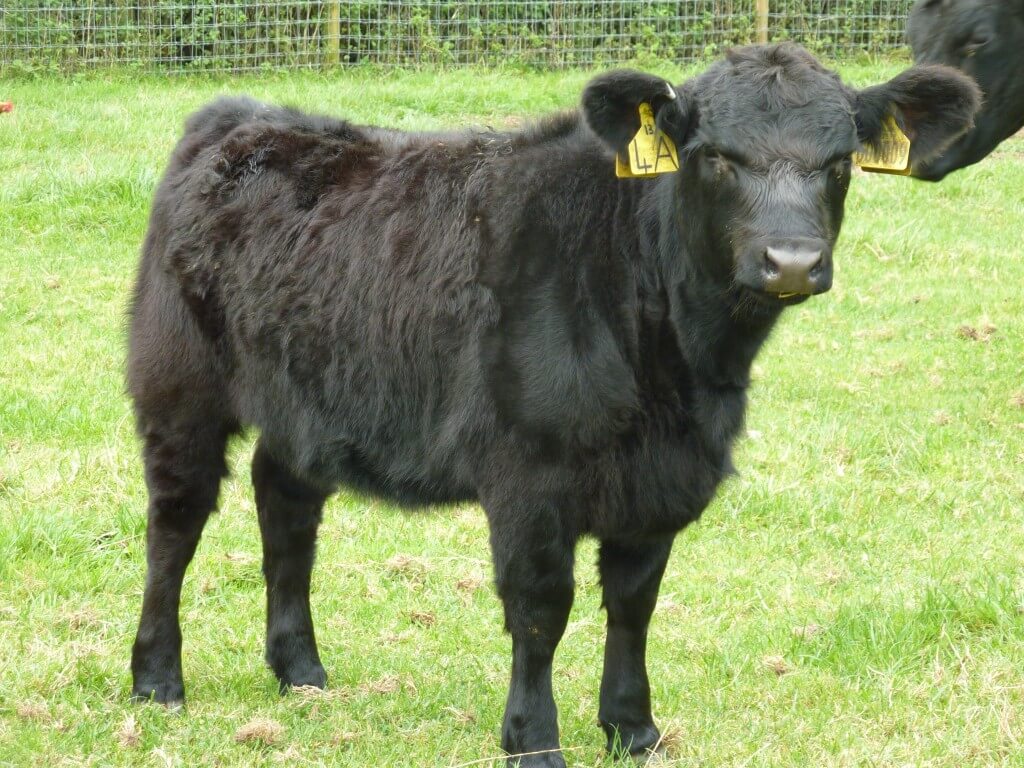The Lowline Cattle
Lowline Cattle are the product of a research project carried out at the Trangie Research Centre in New South Wales from pedigree registered Aberdeen Angus stock purchased from Scotland, the USA, Canada and Australia in 1929, with additional top purebred Angus cattle being brought into the herd.
From 1964 the research herd was completely closed to additional outside animals.
In the early 1990s the Lowline herd was released into the open market. Purchased animals have since moved to New Zealand, USA and Canada and the UK.

Bred for Beef
Lowline cattle are very definitely a beef breed, naturally polled and generally black, and are 100% Aberdeen Angus, derived from its origins in the original Aberdeen Angus genetics of the early 1900s. At all stages of their growth they are 60% of the size of normal beef breeds.

Less Gestation Time
Gestation time is two weeks less than for other cattle, which makes the bulls/semen, Very useful for dairy heifers for stress free calving and a vigorous growing calf. Their carcase quality also makes them a suitable terminal sire for beef cross-breeding programmes.

Some Specs
At birth, calves average 18-24kg (40-53 lbs). As yearlings they have increased to about 190kg (420lbs) for heifers and 230kg (510 lbs) for bulls. Cows at maturity, 3 years, weigh an average of 320kg (710lbs) in good condition and stand between 95 and 105cm at the shoulder. Equivalent aged bulls top out at over 400kg (880lbs) and stand between 100 and 110cm at the hip.

It’s in the Genes!
Lowline Cattle do not carry the Dwarfism gene which many small or “minature” breeds have. Even first time heifers show ease of calving. The cattle are naturally docile and very easily handled and are the perfect breed for the small acre farmer. We stock at 2.7 per acre plus calves at foot.

A Global Breed
Lowline cattle can be found throughout Australia, New Zealand, USA, Canada and following successful exports by Wessex Lowlines – Lowlines can now be found in Germany, Switzerland,France, Belgium and Ireland. They are a versatile breed that adapts well to both cool and warm climates; they do not need to be over-wintered indoors, soil conditions permitting.


